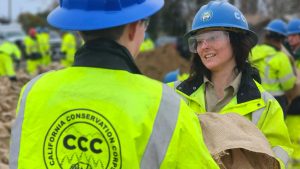History of the CCC
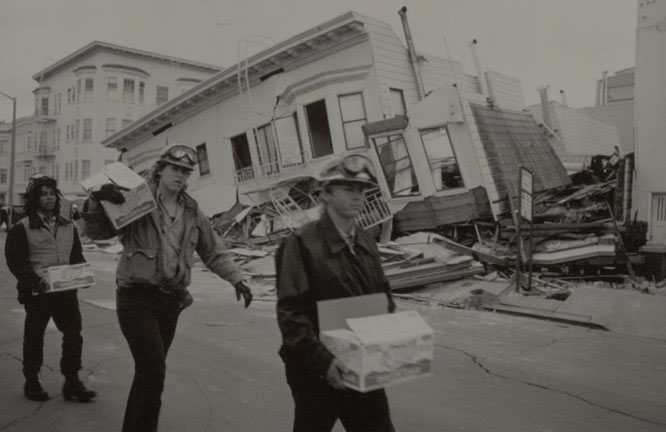
The CCC is the largest and longest running conservation corps in the nation.
July 7, 1976

1977
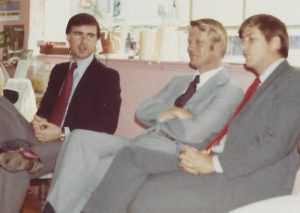
LeRoy Chatfield appointed director; opens 18 centers in 18 months. Shown with Gov. Brown and first CCC director Buck Hornor.
1979
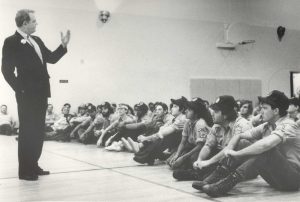
B.T. Collins appointed director (1979-81). Created “Hard work, low pay, miserable conditions” motto.
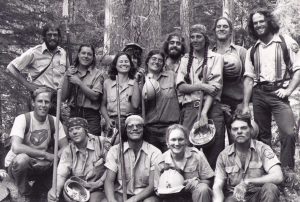
Energy and Backcountry Trails programs established.
1983

CCC Director Bud Sheble (1983-1991) adds the “and more” to the CCC motto.

First international exchange program.
1985
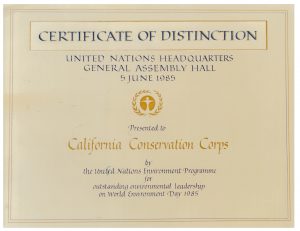
1986

1988
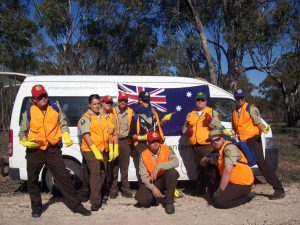
Australian exchange established.
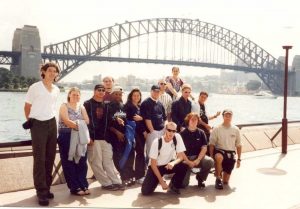
1989

1990

Major fire response, largest to date — 71 crews, 822 Corpsmembers.
1991
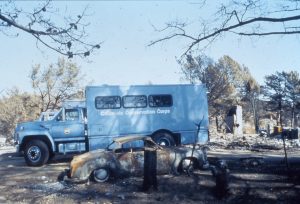

1992
Budget cuts close CCC training academy and three residential centers, including the Bay Area Center in Richmond.
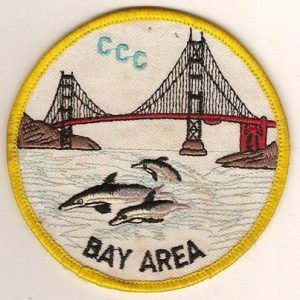
1994
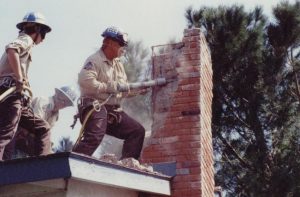
Northridge Earthquake Recovery Corps established to do work from helping out at shelters to removing damaged chimneys.
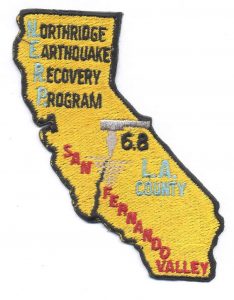
1997
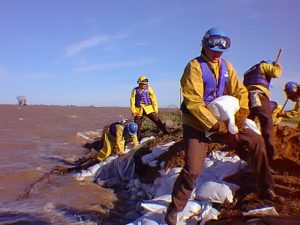
Major response to El Niño storms.
1998
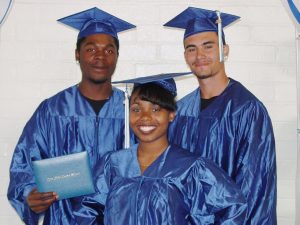
John Muir Charter High School opens. While in the CCC, Corpsmembers can earn their high school diplomas.
2001
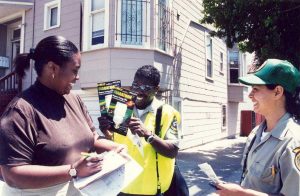
Corpsmembers hand out nearly two million compact fluorescent light bulbs throughout the state as part of the CCC’s Powerwalk.
2003
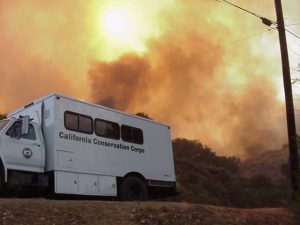
Crews respond to Old Fire and Cedar Fire.
Budget cuts close residential centers, including the Butte Fire Center.
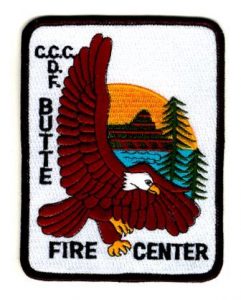
2005
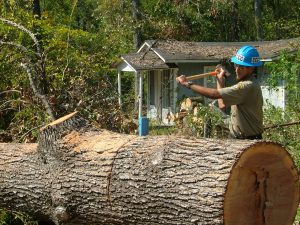
Hurricane recovery work in Louisiana.
2008
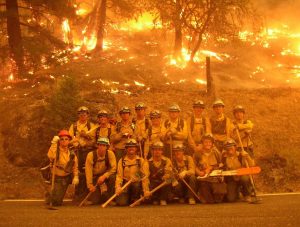
2007
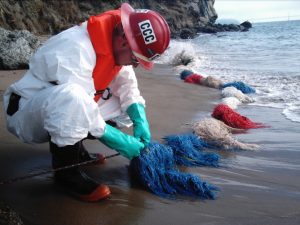
2009
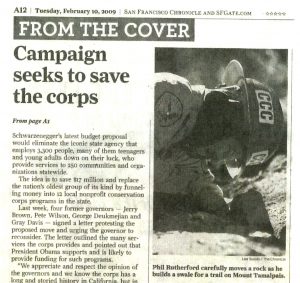
Governors alliance formed to counteract pressure to close the CCC. The program survives.
2011
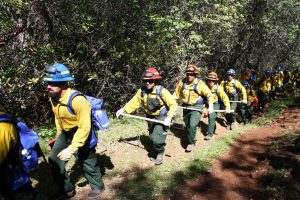
Veterans Corps programs established. The CCC continues to enroll veterans up to age 29.
2013
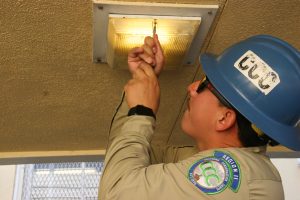
Energy Corps launched.
Rim Fire response.
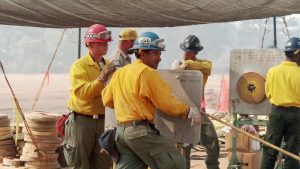
2016
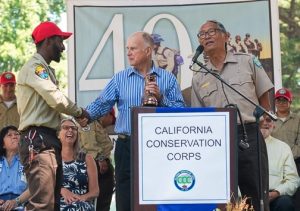
Six former CCC directors attended the Sacramento celebration.

2017
Unprecedented response to out-of-state fires.
Hurricane recovery crews sent to Texas, Puerto Rico, Virgin Islands.
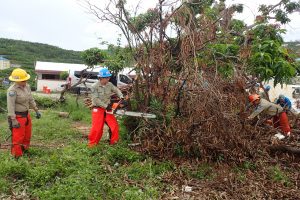
2018

More than 300 Corpsmembers on 20 crews respond to the Camp Fire in Paradise, CA. Corpsmembers work more than 47,000 hours battling the fire and supporting base camp operations. The CCC Butte Fire Center (now Magalia Fire Center) is evacuated, but not damaged by the nearby inferno.

2020
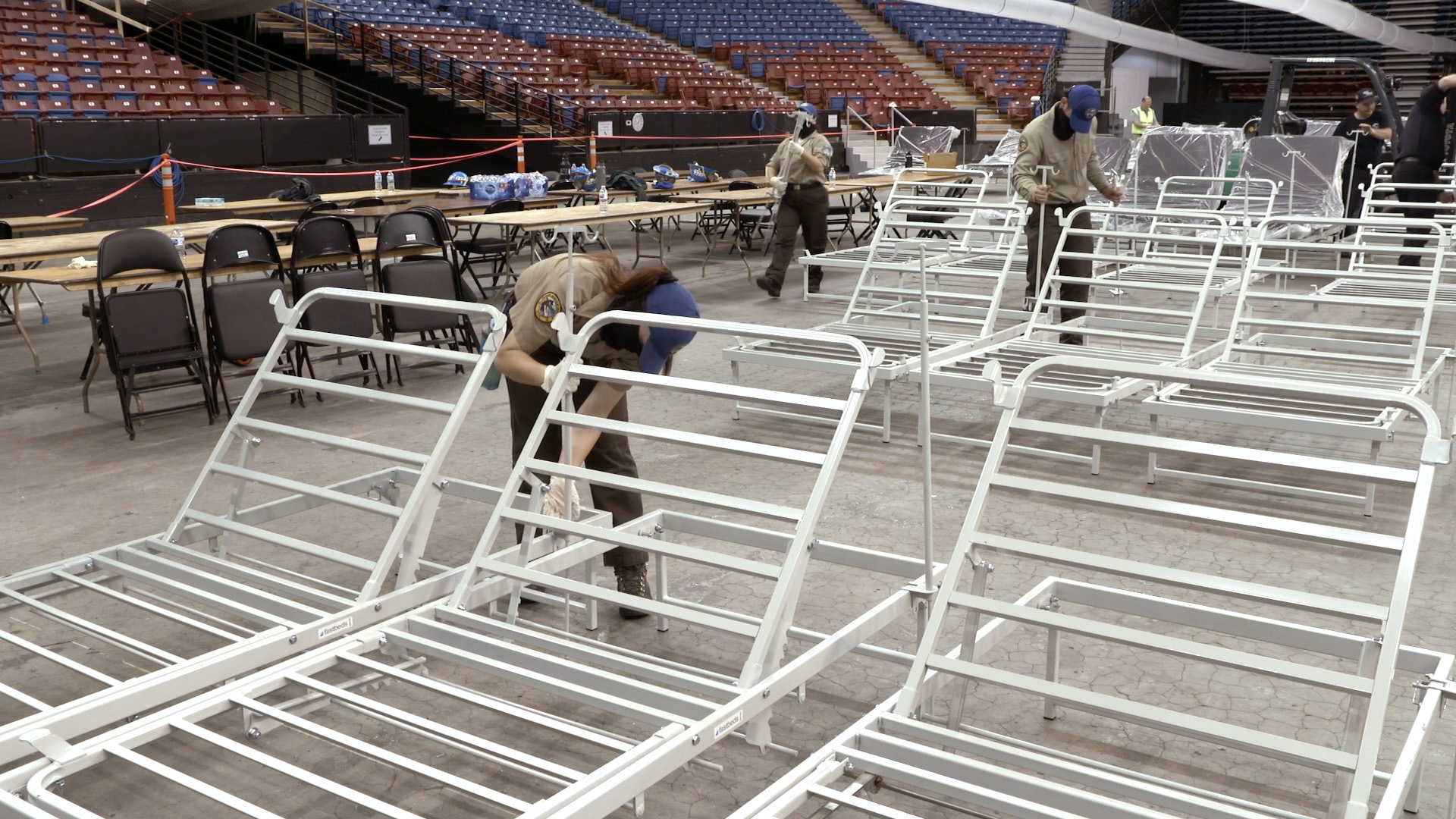
In response to the COVID-19 pandemic, Corpsmembers across the state support local food banks, Cal OES warehouses, the state’s emergency operations center, and surge capacity hospital logistics.
2023
When atmospheric river events drenched California, CCC crews rose to the occasion to protect communities from flooding. In 2023, Corpsmembers were dispatched to 138 storm-related assignments, from sandbag filling and distribution to levee repair and stabilization covering more than 140,000 work hours.
